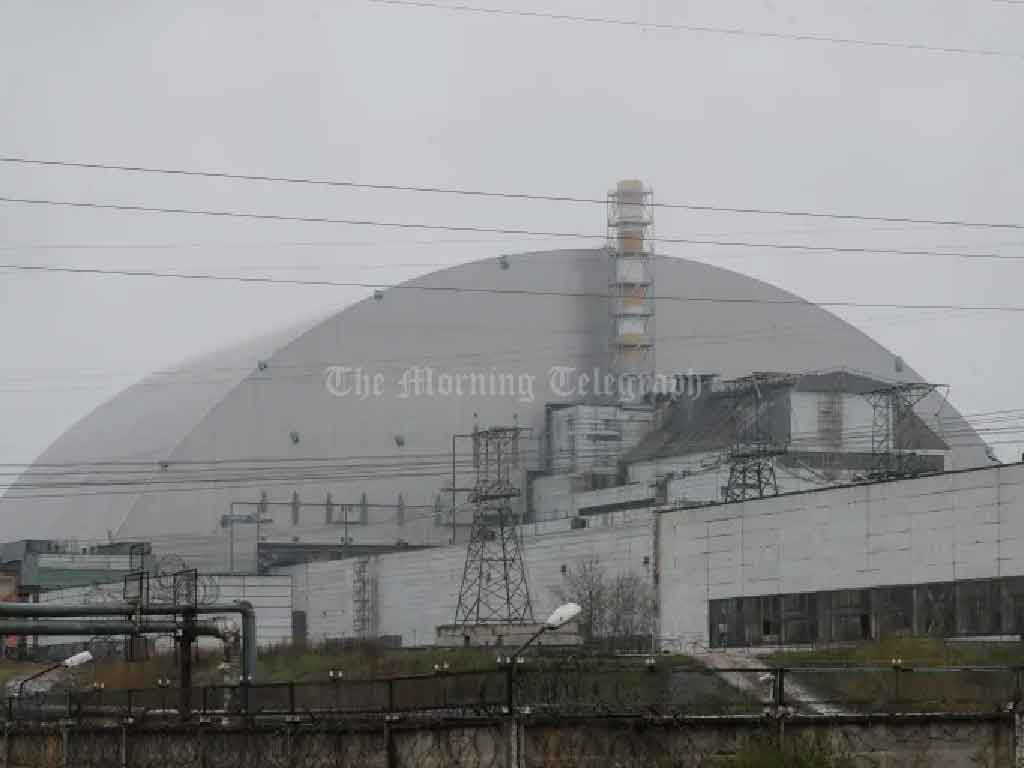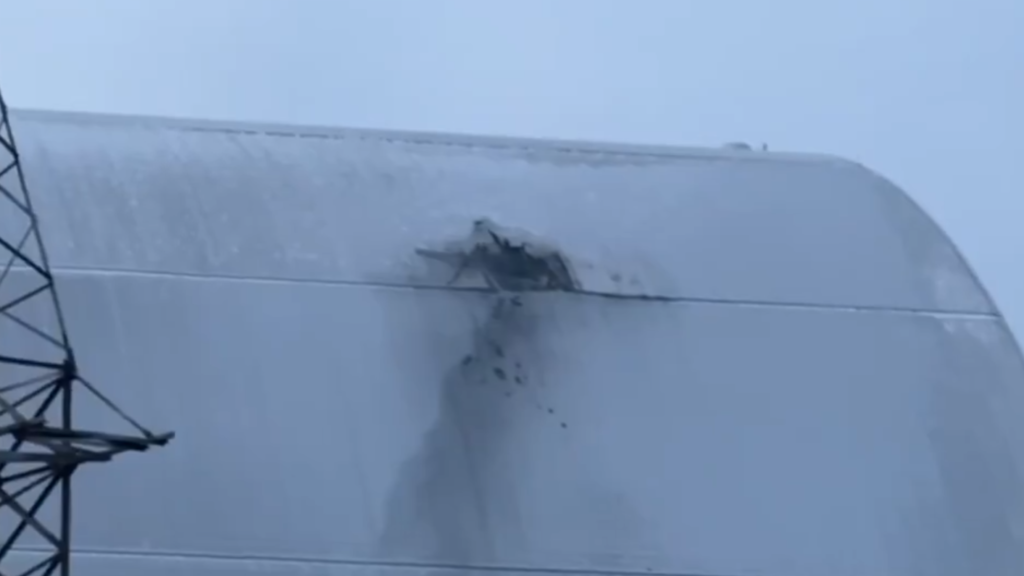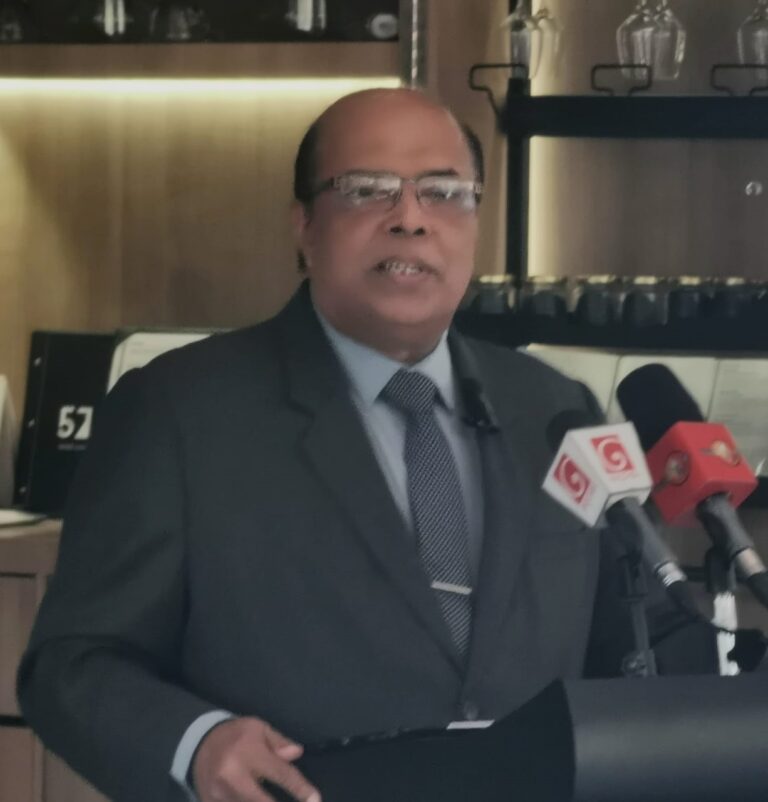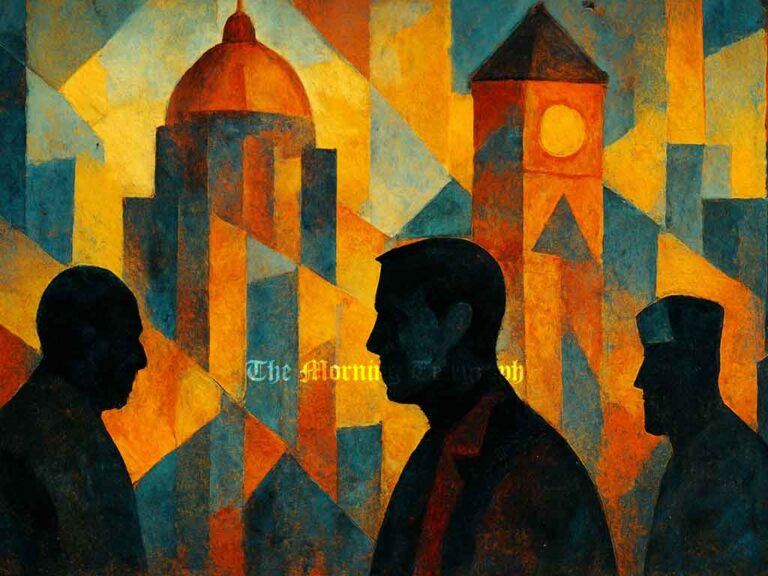
Ukrainian President Volodymyr Zelensky has accused Russia of launching a drone strike on the protective shelter over Chernobyl’s damaged nuclear reactor, sparking a fire at the site of the world’s worst nuclear accident. While the fire was quickly extinguished, concerns remain over potential radioactive leaks.
The International Atomic Energy Agency (IAEA) reported that radiation levels at the site remain stable, but Chernobyl’s chief engineer, Oleksandr Titarchuk, warned that there is now a risk of radioactive substances leaking. In response, Russia denied the allegations, stating that its military does not target Ukraine’s nuclear infrastructure and dismissing the claims as false.
The IAEA confirmed that fire safety teams responded immediately, and no casualties were reported. However, the agency remains on high alert, with its Director General Rafael Grossi emphasizing that there is no room for complacency.
Chernobyl’s Protective Shield and Potential Damage
The Chernobyl disaster in 1986 released radioactive material across Europe, creating an exclusion zone and increasing cancer rates in affected regions. To prevent further contamination, a radiation shield was constructed over the damaged reactor. This massive structure, built at a cost of $1.6 billion (£1.3 billion), is 275 meters (900 feet) wide and 108 meters (354 feet) tall and was designed to contain radioactive materials for a century.

Zelensky posted footage on X (formerly Twitter) showing visible damage to the shield, made of concrete and steel, covering the remains of Reactor 4. Hryhoriy Ishchenko, chief of the agency managing the exclusion zone, stated that if the drone had struck 15 meters (50 feet) to the side, the result could have been a radiation disaster.
Experts Assess the Risk
Nuclear experts remain divided on the severity of the incident. Professor Jim Smith from the University of Portsmouth, who has studied Chernobyl’s aftermath since the 1990s, described the strike as a “horrendous attack on a critical structure” but stated that he is “not concerned” about immediate radiation risks. He explained that a thick concrete sarcophagus beneath the shield still traps radioactive materials and dust from the 1986 explosion.
However, Simon Evans, former head of the Chernobyl Shelter Fund at the European Bank for Reconstruction and Development (EBRD), condemned the attack as “an incredibly reckless strike on a vulnerable nuclear facility”. He explained that the shield was never built to withstand external drone attacks and was intended to facilitate the controlled dismantling of the damaged reactor.
Initial assessments indicate that the drone strike damaged the maintenance system of a crane used to remotely dismantle the reactor. Experts believe the outer and inner layers of the shield sustained significant damage, but a full evaluation is required to determine the extent of the destruction and possible financial losses.
Chernobyl and Zaporizhzhia: Growing Nuclear Concerns
The strike on Chernobyl follows heightened military activity around Ukraine’s Zaporizhzhia Nuclear Power Plant, Europe’s largest nuclear facility. In December, Ukraine and Russia accused each other of attacking an IAEA convoy traveling to Zaporizhzhia, raising concerns of a nuclear disaster.
The IAEA previously warned that any attack on Zaporizhzhia could trigger a major nuclear incident, and the agency has called for greater restraint. While Chernobyl remains heavily radioactive, experts believe Zaporizhzhia poses a more immediate threat due to the presence of live nuclear fuel inside the reactors.
Zelensky seized on the Chernobyl strike as evidence that Russian President Vladimir Putin is not interested in negotiations, despite recent reports that US President Donald Trump claimed Putin was willing to engage in peace talks.
The attack has further undermined international cooperation on nuclear safety, with experts warning that reckless military actions could escalate into a larger crisis.




